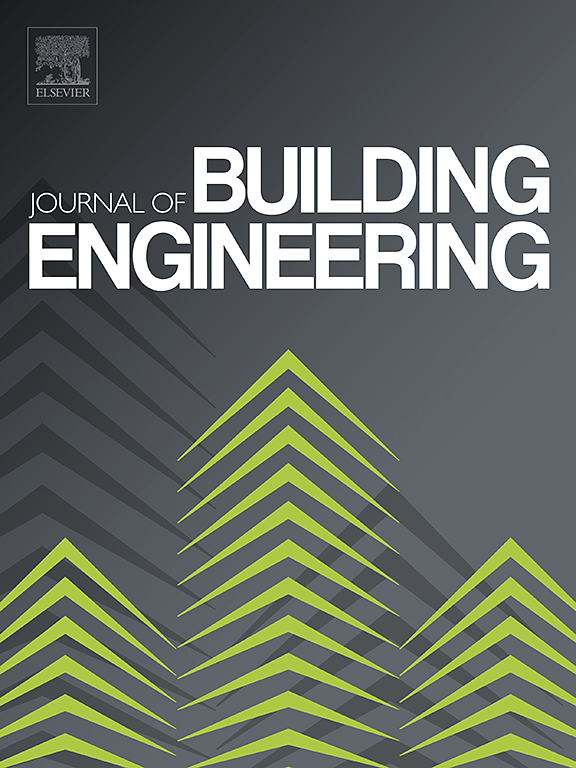Microscopic damage mechanism and dynamic mechanical properties of concrete materials subjected to negative-temperature curing environments
IF 6.7
2区 工程技术
Q1 CONSTRUCTION & BUILDING TECHNOLOGY
引用次数: 0
Abstract
In highly frigid regions, it is inevitable to pour, construct, and maintain concrete buildings under negative-temperature environments, which affects the hydration reaction and hardening performance of concrete during curing and seriously threatens the dynamic mechanical properties. In order to reveal the deterioration mechanism of the negative-temperature curing environment on the microscopic damage and macroscopic dynamic mechanical properties of concrete materials, scanning electron microscopy, low-field nuclear magnetic resonance (LF-NMR), and dynamic compression tests were carried out. Different from conventional LF-NMR tests, the three-stage LF-NMR test was performed to track the water–ice phase transition degree across various negative-temperature curing environments. Based on this, an empirical formula for the dynamic compressive strength of negative-temperature curing concrete was developed to establish the relationship between the microscopic damage caused by the water–ice phase transition and the deterioration of macroscopic dynamic mechanical properties. The results show that the water–ice phase transition induced by the negative-temperature curing environment causes frost heave and reduces the water content, which leads to microscopic damage, including interface crack widening and pore coarsening. These damage phenomena cause an increase in the structural porosity, which leads to the deterioration of the macroscopic dynamic compressive strength and the reduction of the strain rate sensitivity of the concrete materials. The proposed empirical formula considers the negative-temperature deterioration effect and strain-rate enhancement effect, which can effectively calculate the dynamic compressive strength of concrete materials under various negative-temperature curing environments. This study can provide guidance for assessing the dynamic mechanical properties of concrete buildings cured in cold climates.
求助全文
约1分钟内获得全文
求助全文
来源期刊

Journal of building engineering
Engineering-Civil and Structural Engineering
CiteScore
10.00
自引率
12.50%
发文量
1901
审稿时长
35 days
期刊介绍:
The Journal of Building Engineering is an interdisciplinary journal that covers all aspects of science and technology concerned with the whole life cycle of the built environment; from the design phase through to construction, operation, performance, maintenance and its deterioration.
 求助内容:
求助内容: 应助结果提醒方式:
应助结果提醒方式:


